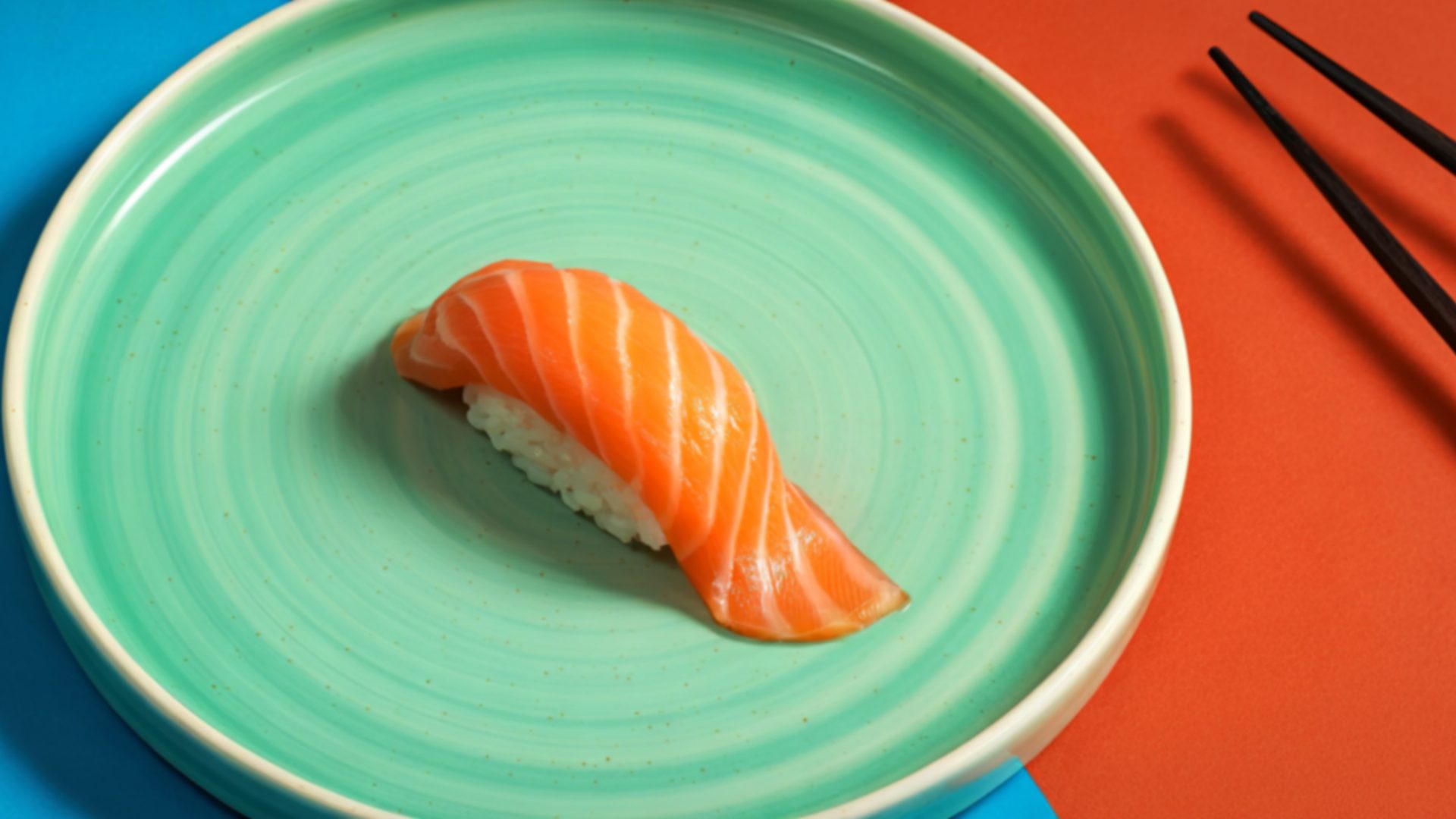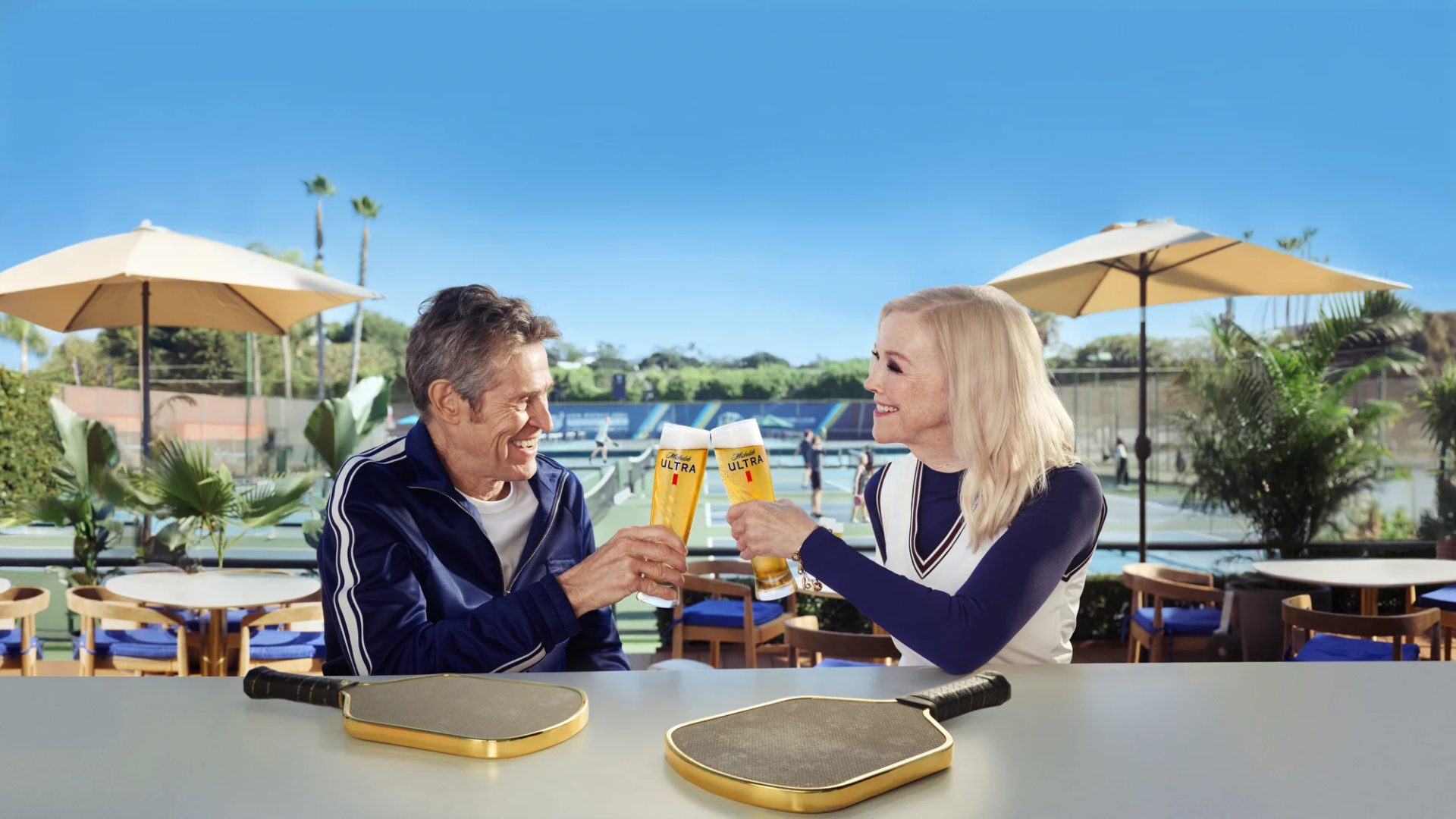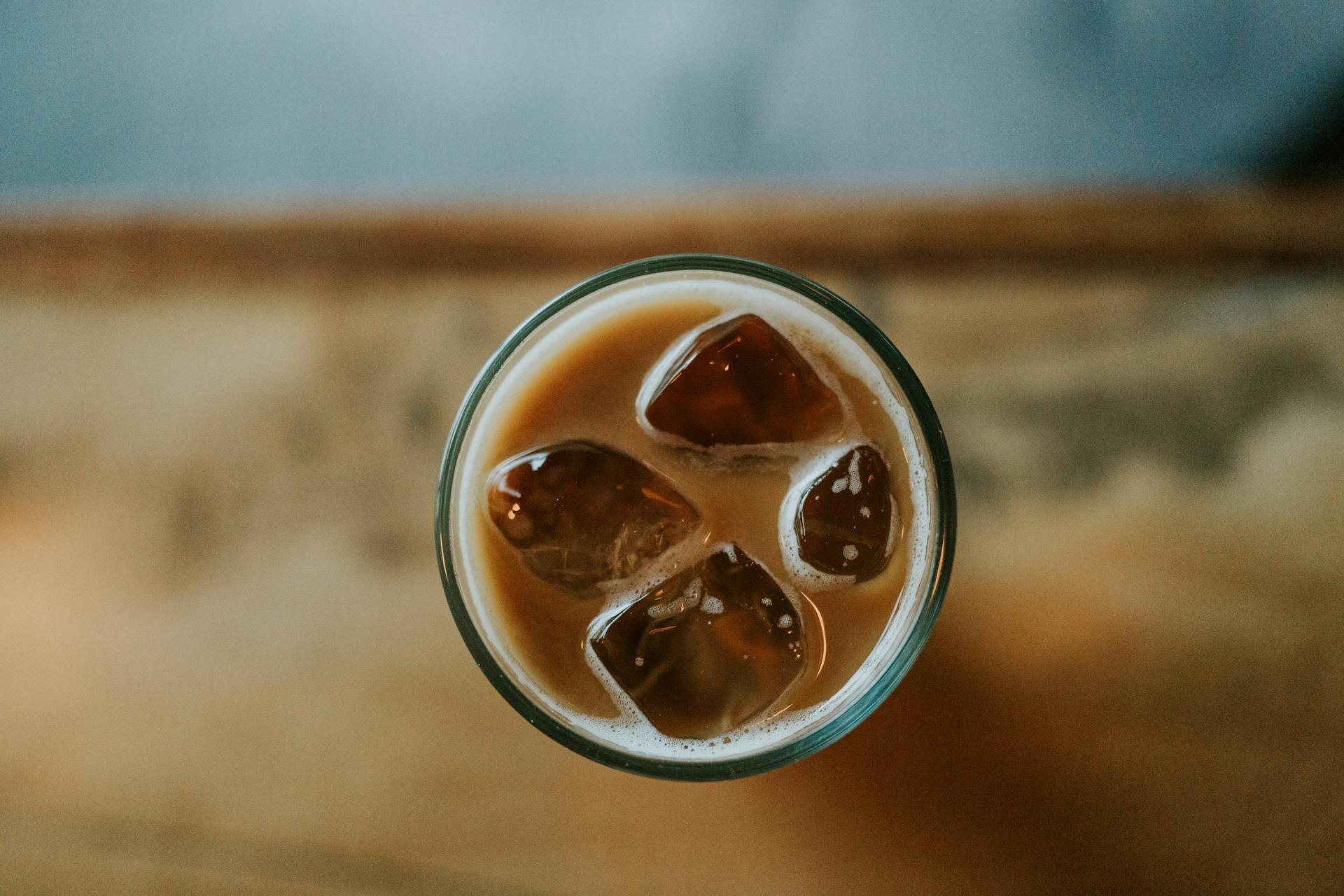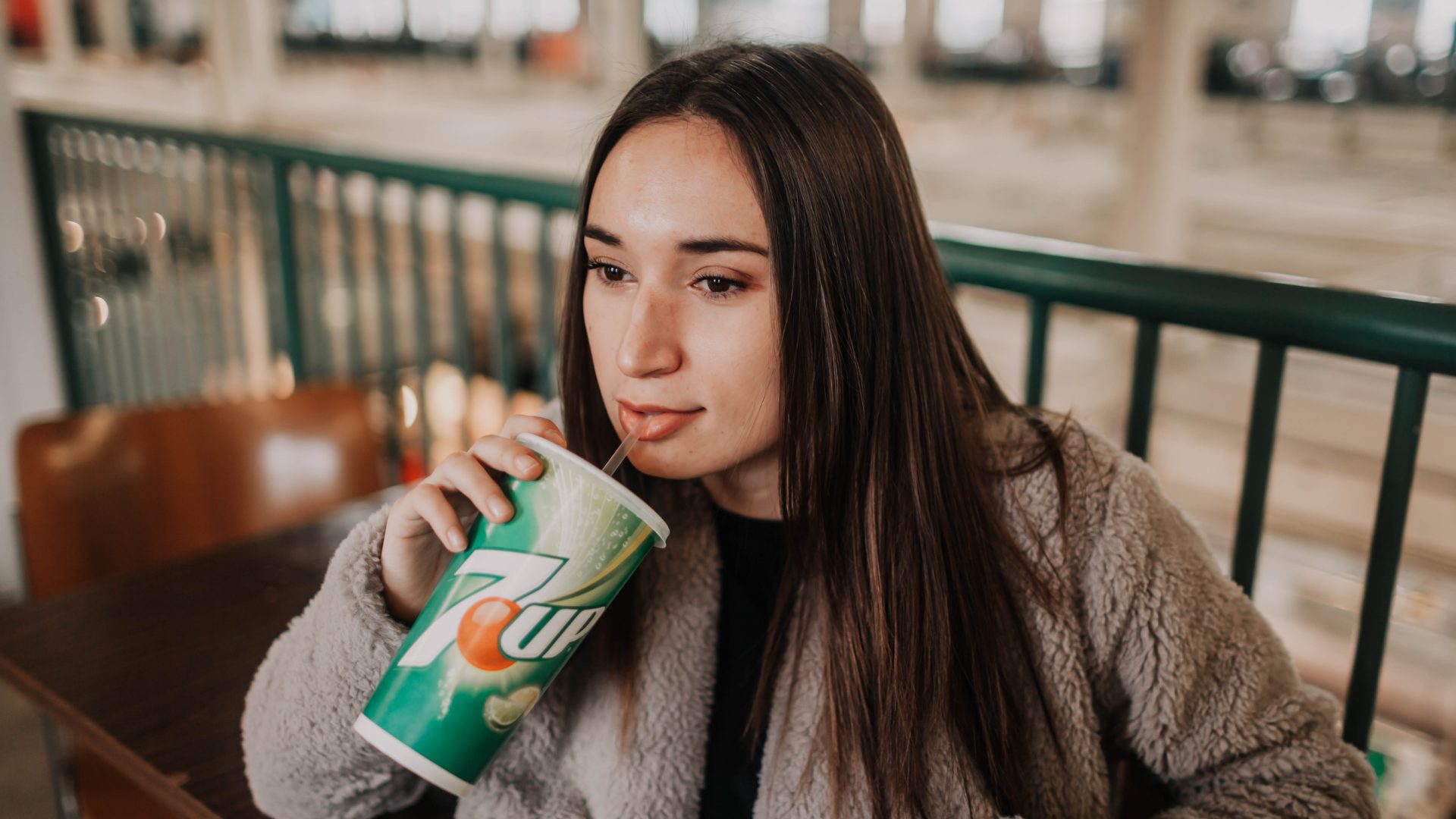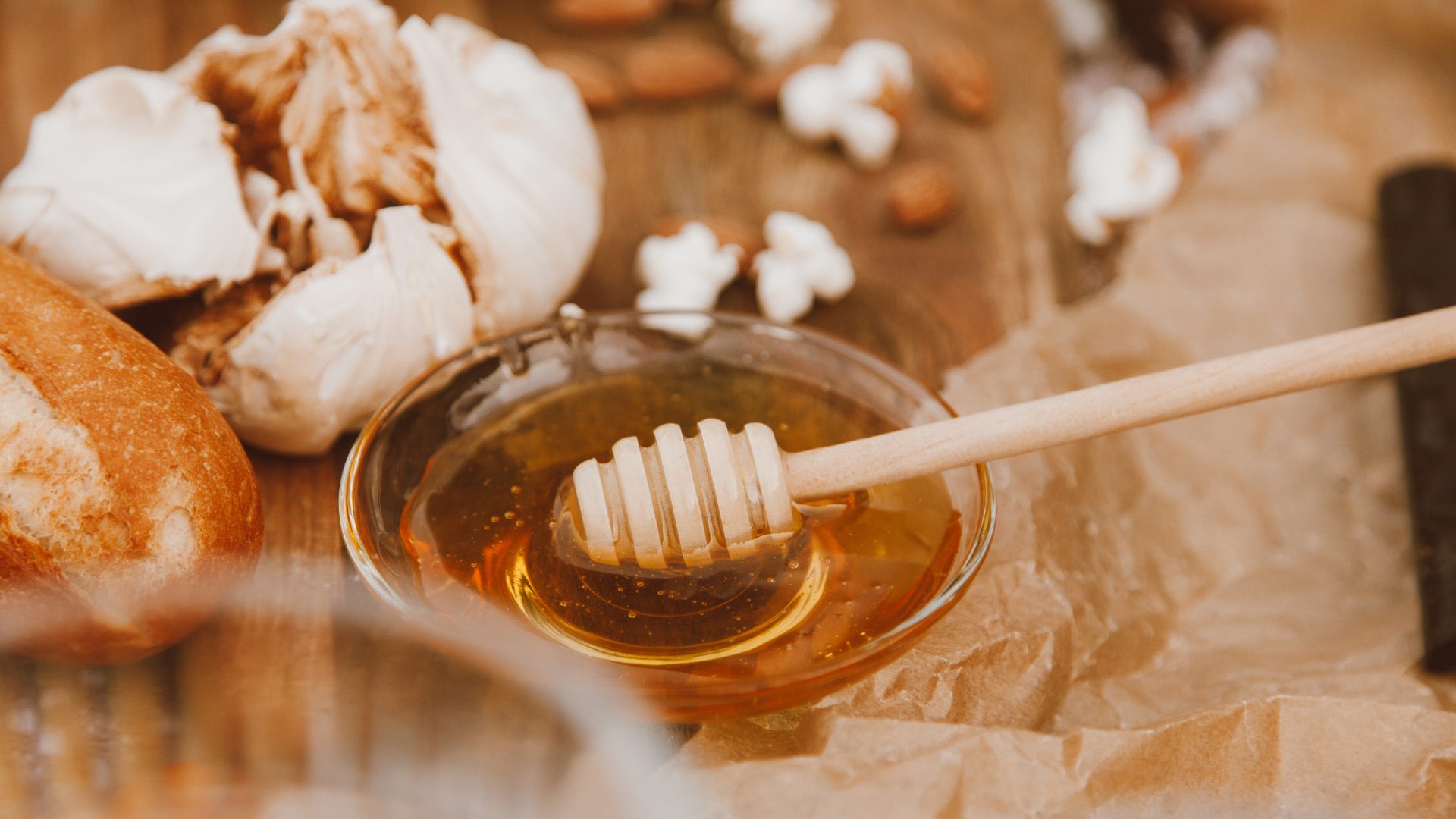In the new-look world of beverages (alcoholic; non-alcoholic; functional; restorative; hybrid; etc.), the right product at the right time can ignite a sector or, in some cases, create one. That’s what happened with Kyle Cooke’s Loverboy and David Bee’s Hive₂O.
Kyle Cooke & Loverboy – Summer (And Its Drinks) Should Be Fun
Cooke may be known to some – he is one of the featured cast members on the Bravo show Summer House, a blonde entrepreneur with high energy, higher hair (at least last season, when he rocked a mullet for months), and well known for the exclamation “SUMMER is supposed to be FUN!”
Loverboy is available in retail and D2C. Its highly vibrant cans contain alcoholic and non-alcoholic sweet teas, spritzes, and cocktails, and he sat down with FI for an interview earlier this year about his company, the market, and the post-pandemic better-for-you movement.
“Dry January speaks to larger trends and is starting to manifest into the other 11 months of the year – that’s the bigger story,” Cooke said.
Cooke points out that the alcohol industry is often many years behind the rest of foodbev – “Ninety-nine percent of products, particularly before hard seltzer, had no label, no transparency, and no nutrition facts,” he said. Many products don’t even boast ingredients. “The loads of sugar in flavored malt beverages was not a topic of conversation, which is insanity,” he said.
“Why drink a beer or two or four with 20 grams of carbs even if it’s non-alc? Why drink a mocktail if it has 20 grams of simple syrup? Why grab an iced tea if it’s a sugar bomb? When we launched, we were the first zero-sugar hard tea.”
Cooke’s dream is to build a brand for the future that’s completely transparent. He mentions Athletic Brewing Company as inspiration. “What Athletic has capitalized on is people want to grab a beer even when they’re not necessarily looking to tie one on. ABC has done a phenomenal job creating a great-tasting non-alc… There are great use-cases and occasions for a no/low moment that’s gone underappreciated. They’ve done a great job marketing it. They cracked the code on making it not only socially acceptable but cool.”
Cooke said that Loverboy looks at different factors in the alcohol world through a similar lens to create a premium hard tea and try to make it appeal to a consumer not drinking other legacy brands.
“People want to buy into a story,” Cooke said, hooking into the idea of experiential consumerism and even premiumization.
Cooke points out that in the 90s, the top three flavored malt beverages in almost every aisle were Smirnoff, Mike’s Hard Lemonade, and Twisted Tea. And they’re still the top three – “They’re unchanged! Imagine going into any aisle of the grocery store and nothing has changed. It’d be like Groundhog Day.”
Groundhog Day may be changing in the alcohol aisles across the world. TechNavio predicts the sugar-free food and beverage market is predicted to grow by $40 billion from 2022 to 2027, with North America accounting for 41% of the market growth. The market is expected to grow at a CAGR of 9.5% during the forecast period.
David Bee & Hive₂O – Something Incredible in a Can
“Our why,” said David Bee, founder and CEO of Hive₂O, “is to create something incredible in a can.”
There’s hard ciders and hard lemonades, hard seltzers and hard teas (see above!), even hard kombuchas and hard children’s drinks, like Sunny D Vodka Seltzer.
“There was no hard honey,” Bee said, “there was no category. I thank the seltzer world for creating a $10 billion market – if you can put it in a can, people will drink it. Why not make it taste really good?”
Bee said he strives for a “palate experience in a can.” He wanted to create something exceptional, break the palates of those who have accepted mediocrity in a can, and do so in a way that also fosters one of the earth’s most valuable resources – honey bees.
“We’re different in how we taste, how we look,” he said. “We have bees and hives. We take care of hives. We’re stewards of the bee population, to not only harvest honey but harvest it responsibly. We want to give back more than what we take as we grow.”
Hive₂O sells a variety of alcoholic and NA honey-based beverages. Bee has been fascinated with rare earth honeys for decades, and his products feature honeys from all over the country and even the world; the rarer, international products have more limited runs of 10,000 cans or so. He fosters wildflower honeys, honeys from the Swiss Alps to the Black Sea near Turkey; Azerbaijanian honeys.
Honey has had a generally tough go of it in the alcohol business. Mead has been around for centuries but is generally too sweet for people, while whiskey infusions (like Jack Daniel’s Honey) are good in small doses. What makes this one different?
“They’re entirely different sports,” Bee said. “That’s a honey-infused drink versus a honey-based drink, like ours. What we do that no one else does is a really challenging process; the barrier to entry to doing what we’re doing is not easy. How do you make honey not be overly sweet?”
Bee said his IP – his “secret sauce” – is making a sustainable drink that has hints of honey flavor but is honey-based. Last year at the MN State Fair, Bee was invited to enter one product in the state fair. He took a risk and sent 30 kegs of Hive₂O’s 6% alcohol PB&J.
“By the fourth day we sold out. We were the No. 1 drink and we sold 67 kegs in four days – we shipped more kegs, and we’ll be returning.”
Bee is abuzz, if you will, about the future of Hive₂O.
The Food Institute Podcast
Tom Hamill, a food and beverage senior analyst for RSM US LLP, joined The Food Institute Podcast to recap the 2024 Summer Fancy Food Show. Hamill shares his thoughts on burgeoning trends from the show and how emerging specialty food brands can best navigate economic factors in the years to come.






